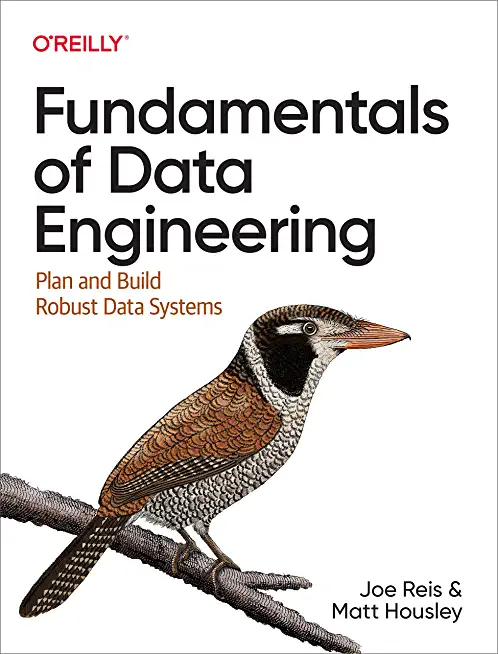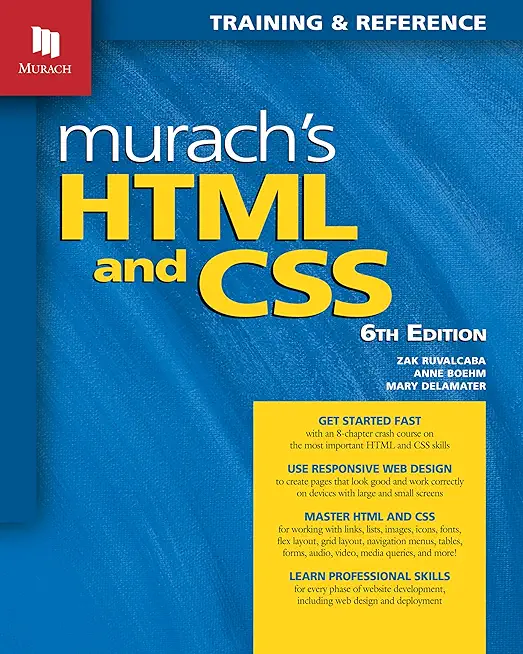Fast Track to Spring and Hibernate Training in Boston
|
We offer private customized training for groups of 3 or more attendees.
|
||
Course Description |
||
| This course provides comprehensive introductions to the Spring and
Hibernate open source frameworks. Suitable for both Spring3/Hibernate3
and Spring4/Hibernate4, it includes coverage of all the core Spring and
Hibernate capabilities, as well as the integration capabilities provided
by Spring. The course includes an extensive set of hands-on labs that
reinforce all the important concepts and capabilities. It will enable
you to build working Spring/Hibernate applications, and give you an
understanding of the important concepts and technology in a very short
time. Spring: As well as being current with recent Spring releases,
this course introduces techniques for using the many new and powerful
capabilities that Spring supports. It includes complete coverage of the
three main configuration styles (@Configuration, @Component, XML), and
guidelines for their usage. It also covers more advanced capabilities
such as support for JDBC and persistence frameworks like Hibernate,
Spring declarative transactions, and Spring integration with Java EE Web
technologies. Hibernate: The course covers all important capabilities
of this open source object/relational persistence and query service for
Java. Coverage includes developing persistent classes in Java, as well
as using associations/relationships, inheritance, polymorphism,
composition and collections. It also provides an overview of JPA (the
Java Persistence API).
Course Length: 5 Days
Course Tuition: $2250 (US) |
||
Prerequisites |
|
| A good working knowledge of basic Java programming, interfaces, and JDBC. | |
Course Outline |
|
Session 1:
Introduction to Spring
Overview of Spring Technology
Challenges for Modern Applications
Motivation for Spring, Spring Architecture
The Spring Framework
Spring Introduction
Managing Beans
Inversion of Control / IoC, Dependency Injection / DI
Configuration Metadata Overview, Configuring Beans (XML)
The Spring Container
Overview of the Spring Container
A Simple Spring Example
ApplicationContext Overview
ClassPathXmlApplicationContext, FileSystemXmlApplicationContext, AnnotationConfigApplicationContext
API and Usage
Dependencies and Dependency Injection (DI)
Examining Dependencies
Dependency Inversion
Dependency Injection (DI) in Spring - Basic Configuration and Usage
Session 2:
Configuration in Depth
Annotation Driven Configuration
JSR 330 (@Named) and Spring (@Component) annotation styles
@Named/@Component, @Inject/@Autowired, @Repository, @Service
Configuring Beans and Autowiring with Annotations
Enabling Annotations - context:component-scan
Pros and Cons
Java Based Configuration (@Configuration)
Overview - code-centric Configuration
@Configuration and @Bean
Dependency Injection
Resolving Dependencies on Other Beans, Injecting Configuration Classes
Pros and Cons
Integrating Configuration Types
Choosing a Configuration Style
Integrating Configuration Styles
Importing: @Import and
Scanning with @Configuration style
Bean Scope and Lifecycle
Bean Scope Defined - singleton, prototype, and Other Scopes
Configuring Scope
Bean Creation Lifecycle, Lifecycle Callbacks
BeanPostProcessor, Event Handling
Session 3:
Wiring in Depth
Value Injection
Configuring Value Properties, Property Conversions
Externalizing Values in Properties Files
Constructor Injection
Constructor Injection Overview
Configuration - @Configuration and XML
p: and c: namespaces for XML configuration
Qualifiers / Domain Specific Language (DSL)
Limitations of Autowiring
Qualifiers and DSL
Creating and Using an Annotation-Based DSL for Bean Configuration
Benefits of Qualifiers for Bean Configuration
Profiles
Profiles Overview
Configuring Profiles (XML and @Configuration)
Activating Profiles
Overview of SpEL
Session 4:
Introduction to Hibernate
Issues with Persistence layers and Object-Relational Mapping (ORM)
Hibernate Overview and Benefits
Hibernate architecture overview
Configuring Hibernate
hibernate.cfg.xml file, Connection properties, Database dialect
SessionFactory, Configuration, and Session
Mapping a Class
Persistent Entity Class, Hibernate Mapping File, Mapping the Entity Class
Primary keys: Id property, Generated Id
Hibernate Type System
Working with sessions and Persistent Objects
Logging: hibernate.show_sql, log4j Overview and configuration for Hibernate
Session 5:
Spring/Hibernate Integration
Overview of Spring database support
Configuring a DataSource
Using Contextual Sessions
Spring/Hibernate configuration with LocalSessionFactoryBean and SessionFactory configuration
Creating Spring/Hibernate DAO classes using Contextual Sessions
Overview of Template Approach
Session 6:
Updates and Queries
Inserting, Updating, and Deleting Entities
HQL - Hibernate Query Language Overview
The Query Interface
Creating and working with queries
Named Queries, Projection Queries, Aggregate Queries
Session 7:
Transaction (TX) Management
Hibernate Transaction Management
Transaction Overview and Transactions in Hibernate
Hibernate Transaction API (in Managed and Non-managed Environments)
Intro to Spring Transaction Management
Spring Transaction Managers
Spring Declarative TX Management
Spring TX Scope and Propagation
Spring TX Attributes (REQUIRED, SUPPORTS, etc)
XML Configuration of Spring Transactions
Specifying Advice, TX Attributes, and Methods
Linking Advice with Pointcuts
Benefits of XML Configuration of TX Behavior
Session 9:
The Hibernate Persistence Lifecycle
The lifecycle of managed objects
Persistent, transient, and detached objects
The Persistence (Session) Context (Lifespan, Relation to Managed Objects, Propagation)
Contextual Sessions
Synchronization to the Database
The Session as cache
Optimistic Locking / Versioning
Detached Objects and Optimistic Locking
Versioning overview and Using Versioning
Locking Objects
Session 10:
Relationships
Object Relationship Overview
Mapping Collections of Value Objects
Entity Relationships: 1-N, N-1, N-N, 1-1
Mapping Entity Relationships
Uni and Bi-directional Relationships
The Relationship "inverse"
Cascading Over Relationships
Queries Across Relationships (Lazy and Eager)
Inheritance Mapping
Entity Inheritance with Hibernate
Table-per-class mapping
Table per Subclass mapping
Table per Concrete Class mapping
Session 11:
Introduction to Spring Web Integration
Integrating Spring with Java EE Web Apps
ContextLoaderListener
WebApplicationContext
Using Spring beans in Wep app controller logic
Session 12:
Hibernate Additional Topics
Components and Multi-Table Mapping
equals() and hashCode()
Caching and Efficiency
Design Considerations
Session 13:
Hibernate and JPA (Java Persistence API)
Overview of the Java Persistence API (JPA) / EJB 3
Relationship between JPA and Hibernate
Mapping Entities with JPA Annotations
The EntityManager, Persistence Context and Persistence Unit
Working with Transactions - EntityTransaction, Managed, and Unmanaged Environments
Inserts and Updates
JPQL - Java Persistence Query Language
Versioning
Relationships
|
Course Directory [training on all levels]
- .NET Classes
- Agile/Scrum Classes
- AI Classes
- Ajax Classes
- Android and iPhone Programming Classes
- Azure Classes
- Blaze Advisor Classes
- C Programming Classes
- C# Programming Classes
- C++ Programming Classes
- Cisco Classes
- Cloud Classes
- CompTIA Classes
- Crystal Reports Classes
- Data Classes
- Design Patterns Classes
- DevOps Classes
- Foundations of Web Design & Web Authoring Classes
- Git, Jira, Wicket, Gradle, Tableau Classes
- IBM Classes
- Java Programming Classes
- JBoss Administration Classes
- JUnit, TDD, CPTC, Web Penetration Classes
- Linux Unix Classes
- Machine Learning Classes
- Microsoft Classes
- Microsoft Development Classes
- Microsoft SQL Server Classes
- Microsoft Team Foundation Server Classes
- Microsoft Windows Server Classes
- Oracle, MySQL, Cassandra, Hadoop Database Classes
- Perl Programming Classes
- Python Programming Classes
- Ruby Programming Classes
- SAS Classes
- Security Classes
- SharePoint Classes
- SOA Classes
- Tcl, Awk, Bash, Shell Classes
- UML Classes
- VMWare Classes
- Web Development Classes
- Web Services Classes
- Weblogic Administration Classes
- XML Classes
- Introduction to Spring 6, Spring Boot 3, and Spring REST
15 December, 2025 - 19 December, 2025 - See our complete public course listing
Java Programming Uses & Stats
|
Difficulty
|
Popularity
|
Year Created 1995 |
|
Pros
Most Commonly Used:
Great Career Choice:
Android Apps Development:
It Can Run On Any Platform:
Great Supporting IDE's: |
Cons
Uses a Lot of Memory:
Difficulty in Learning:
Slow Start Up Times:
Verbose and Complex Code:
Commercial License Cost: |
| Java Programming Job Market |

Average Salary
|

Job Count
|

Top Job Locations
New York City |
|
Complimentary Skills to have along with Java Programming
- If you are an experienced Java developer, learning a complimentary language to Java should come much more naturally. As an example JetBrains recently created the Kotlin programming language which is officially supported by Google for mobile development. Kotlin compiles to Java bytecode and runs on the JVM; it's purported to address many of Java's shortcomings... |






